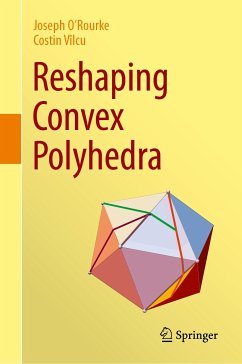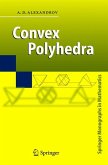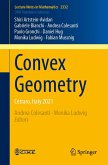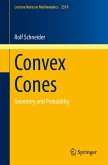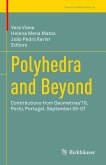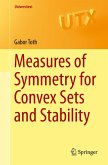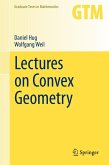Part II carries out a systematic study of "vertex-merging," a technique that can be viewed as a type of inverse operation to tailoring. Here the start is P which is gradually enlarged as much as possible, by inserting new surface along slits. In a sense, repeated vertex-merging reshapes P to be closer to planarity. One endpoint of such a process leads to P being cut up and "pasted" inside a cylinder. Then rolling the cylinder on a plane achieves an unfolding of P. The underlying subtext is a question posed by Geoffrey Shephard in 1975 and already implied by drawings by Albrecht Dürer in the 15th century: whether every convex polyhedron can be unfolded to a planar "net." Toward this end, the authors initiate an exploration of convexity on convex polyhedra, a topic rarely studied in the literature but with considerable promise for future development.
This monograph uncovers new research directions and reveals connections among several, apparently distant, topics in geometry: Alexandrov's Gluing Theorem, shortest paths and cut loci, Cauchy's Arm Lemma, domes, quasigeodesics, convexity, and algorithms throughout. The interplay between these topics and the way the main ideas develop throughout the book could make the "journey" worthwhile for students and researchers in geometry, even if not directly interested in specific topics. Parts of the material will be of interest and accessible even to undergraduates. Although the proof difficulty varies from simple to quite intricate, with some proofs spanning several chapters, many examples and 125 figures help ease the exposition and illustrate the concepts.
Dieser Download kann aus rechtlichen Gründen nur mit Rechnungsadresse in A, B, BG, CY, CZ, D, DK, EW, E, FIN, F, GR, HR, H, IRL, I, LT, L, LR, M, NL, PL, P, R, S, SLO, SK ausgeliefert werden.

